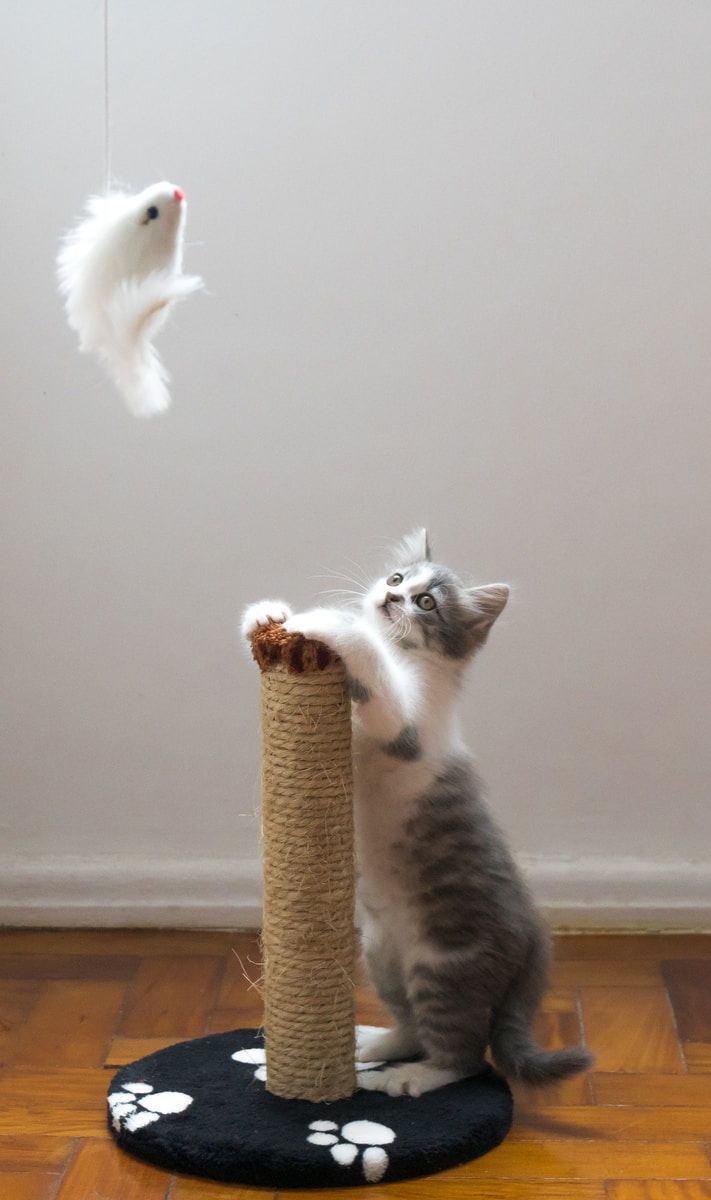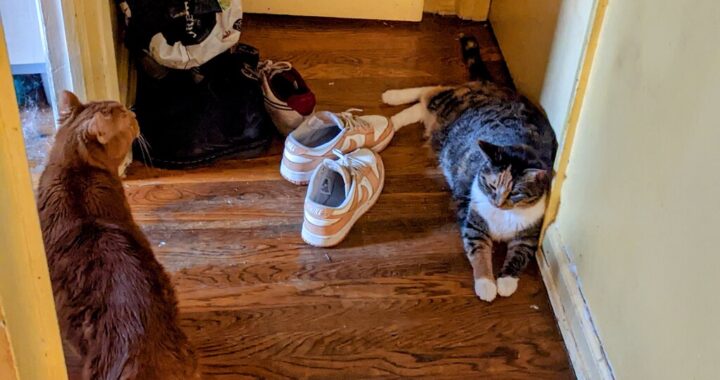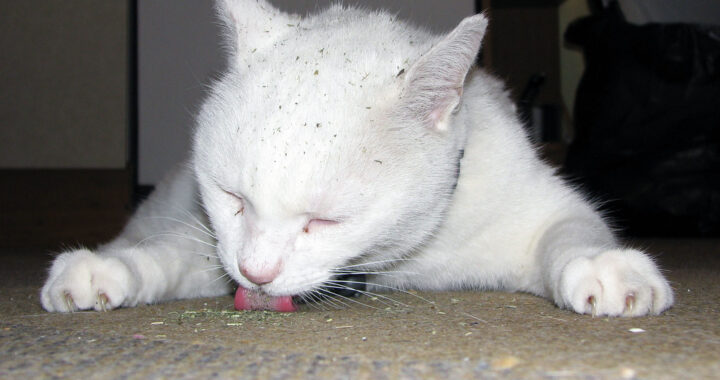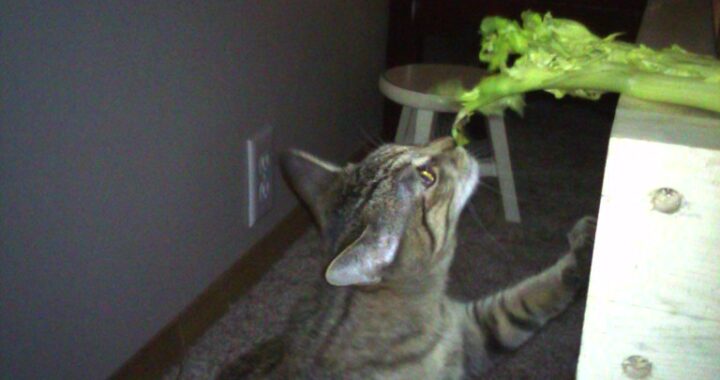
by Nomi Berger
For people, having our blood pressure checked is always a routine part of an annual physical exam.
But have you ever had your cat’s blood pressure checked?
Do you know what high blood pressure in cats means? Do you know what low blood pressure means? Do you know what to do in either situation?
Just as many people suffer from so-called “white coat syndrome”, causing an elevation in their blood pressure at their physician’s office, the same holds true for cats having their blood pressure taken at the vet’s. Purr-haps even more so. While a cat’s usual, normal systolic pressure is about 120 to 130, most seasoned vets barely react if their “stressed out” kitty patient’s blood pressure is 150 to 160 during a check-up. If, on the other paw, it’s lower than 120 — which is rare — or higher than 160, this could be a signal that something else is wrong.
What, then, does high blood pressure in cats mean? Common in cats, particularly as they age, it’s usually a sign of an underlying disease or condition — one of the main ones being kidney failure. With kidney failure comes hypertension. If your cat is drinking more water than usual or urinating more often than usual, she may have kidney failure and, thus, possibly hypertension. Felines suffering from kidney failure and hypertension may also lose their eyesight. If your senior kitty is already blind, however, your vet should test her for retinal detachment since it’s most often caused by high blood pressure.
What, then, does low blood pressure mean? Not nearly as common as high blood pressure, kitties may have low blood pressure if they’ve suffered some sort of trauma, leaving them injured and losing blood.
If your kitty’s blood pressure is too high, your vet will, in all likelihood, have blood tests taken to see what, if anything, they reveal. They may indicate, for example, an elevation in her kidney enzymes. And should she have either kidney or heart disease, your vet will not only begin treating her for it but prescribe amlodipine (this is a calcium channel blocker used “off label” to treat her blood pressure and prevent damage to her kidneys, eyes and brain).
Some vets believe, though, that it’s better to check your cat’s blood pressure at home rather than at their office because it’s less stressful for her. To do this, simply purchase a blood pressure monitor with an inflatable cuff and put it around your kitty’s forelimb or tail. Purr-fectly pain-free, it’s very well tolerated by most cats.
Uncertain or squeamish? Even without a monitor, be on the lookout for symptoms of both high and low blood pressure in your cat. These include behavioral changes, such as uncharacteristic growling or hissing, increased thirst and urination, lethargy, weakness and vision problems. And if you’re at all concerned about her blood pressure, bring her to your vet for a thorough examination.







